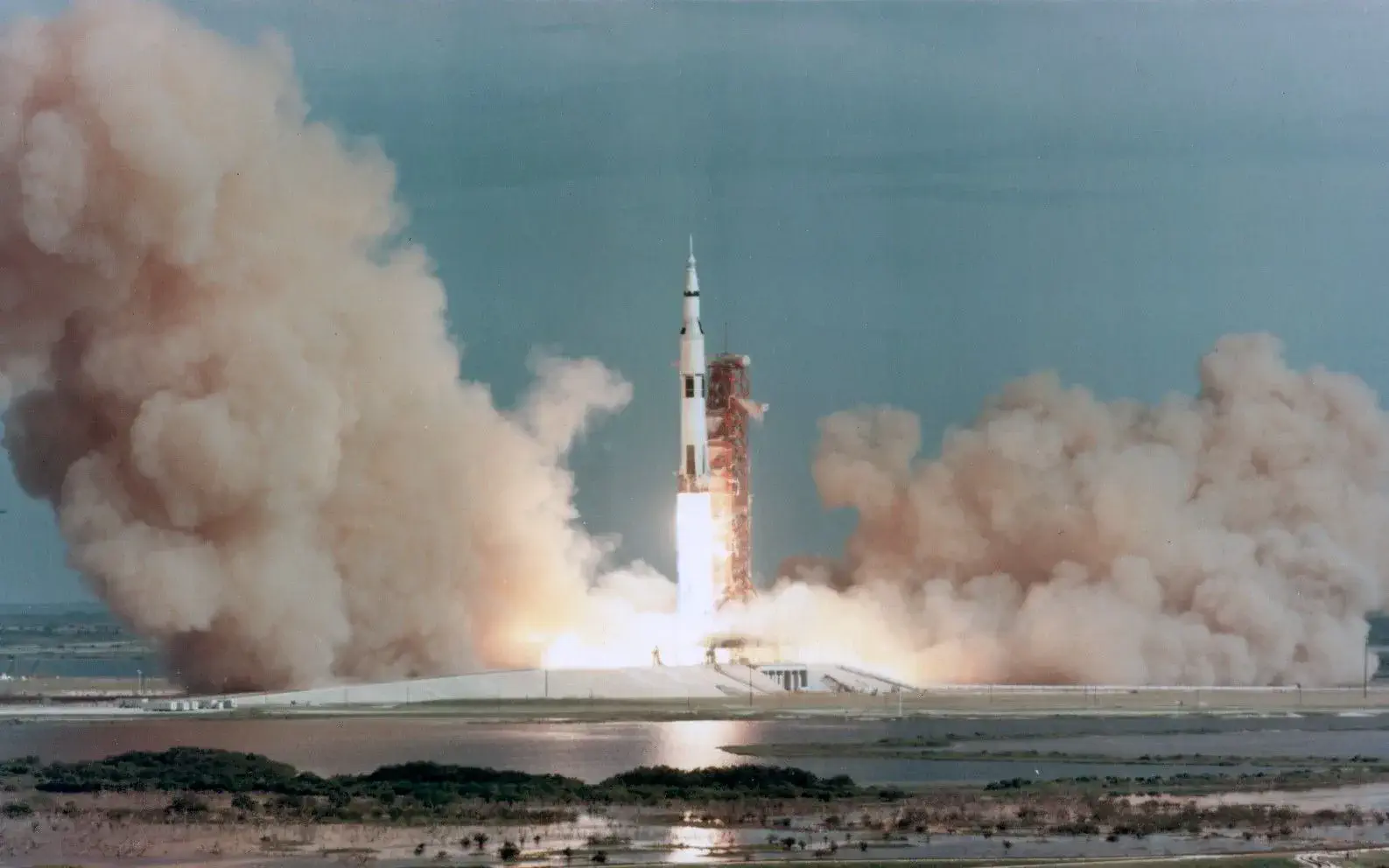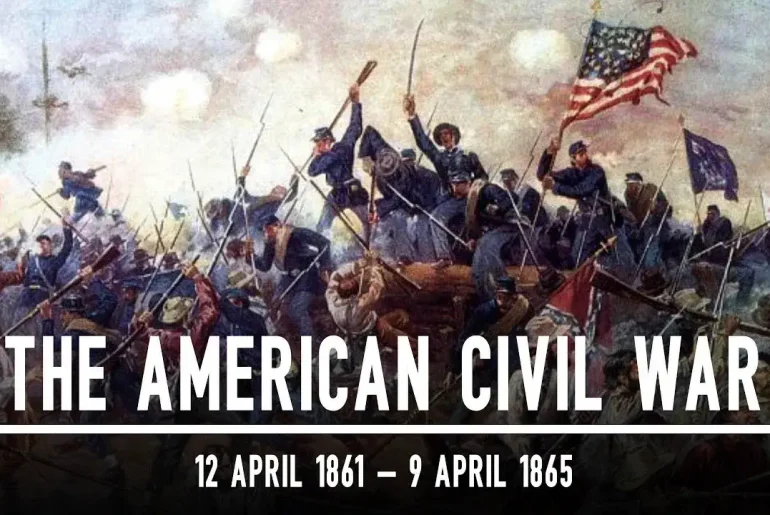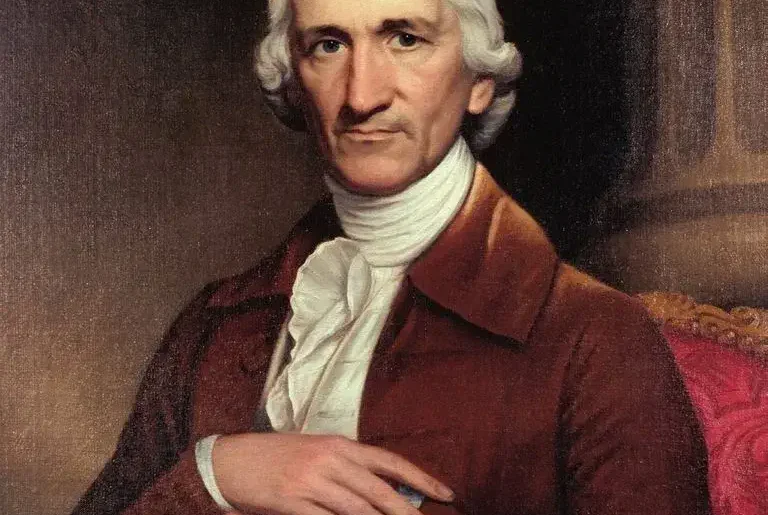
Introduction
The mid-20th century witnessed a rivalry unlike any before not fought with armies, but with rockets, telescopes, and dreams. The Space Race, driven by Cold War tensions, became a powerful symbol of technological superiority and human ambition. At the heart of America’s effort stood NASA, the National Aeronautics and Space Administration, born from urgency and destined to redefine the future of exploration.
This is the story of two superpowers, one shared sky, and the race that launched humanity into space.
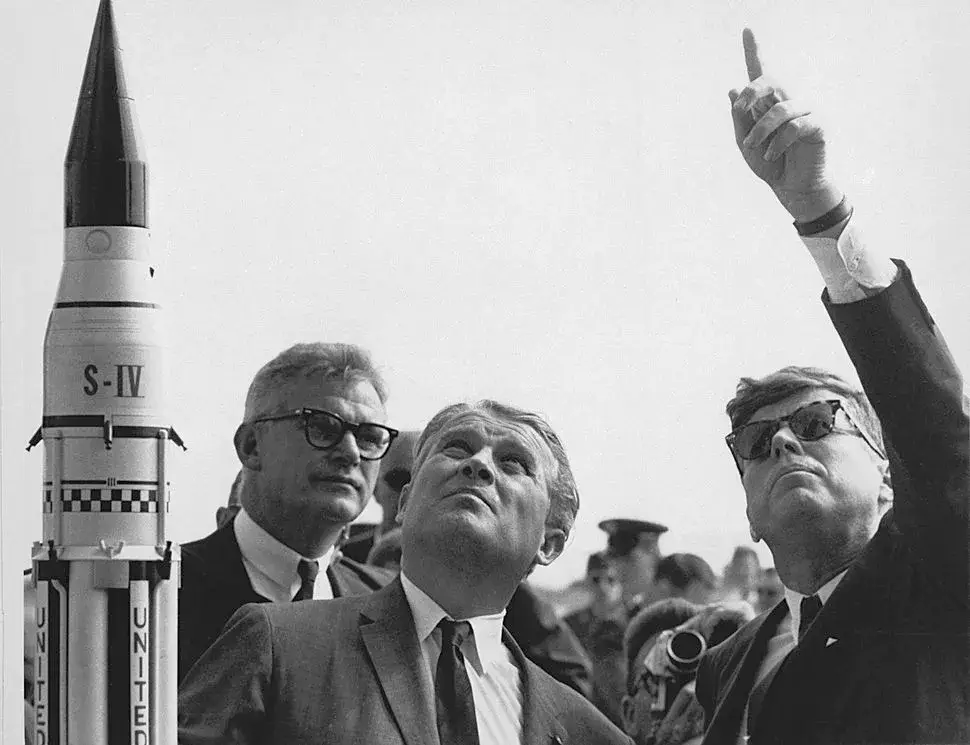
🌍 Origins of the Space Race: Cold War Tensions Above Earth
Following World War II, the United States and the Soviet Union emerged as global superpowers. Their ideological conflict spilled into science and technology, with space becoming the ultimate stage for dominance.
On October 4, 1957, the USSR shocked the world by launching Sputnik 1, the first artificial satellite. A metallic beep from orbit ignited fear and fascination the Space Race had begun.
Just months later, the U.S. responded with the creation of NASA on July 29, 1958, unifying American space efforts under one agency. The battle for space supremacy had officially launched.

🛰️ Early Milestones: Soviets Strike First
The Soviet Union continued to take early leads:
- 1957 – Laika, the first living creature in orbit (Sputnik 2)
- 1961 – Yuri Gagarin becomes the first human in space (Vostok 1)
- 1963 – Valentina Tereshkova, the first woman in space
These victories placed immense pressure on NASA and the American public. But rather than retreat, the U.S. doubled down and aimed for the Moon.
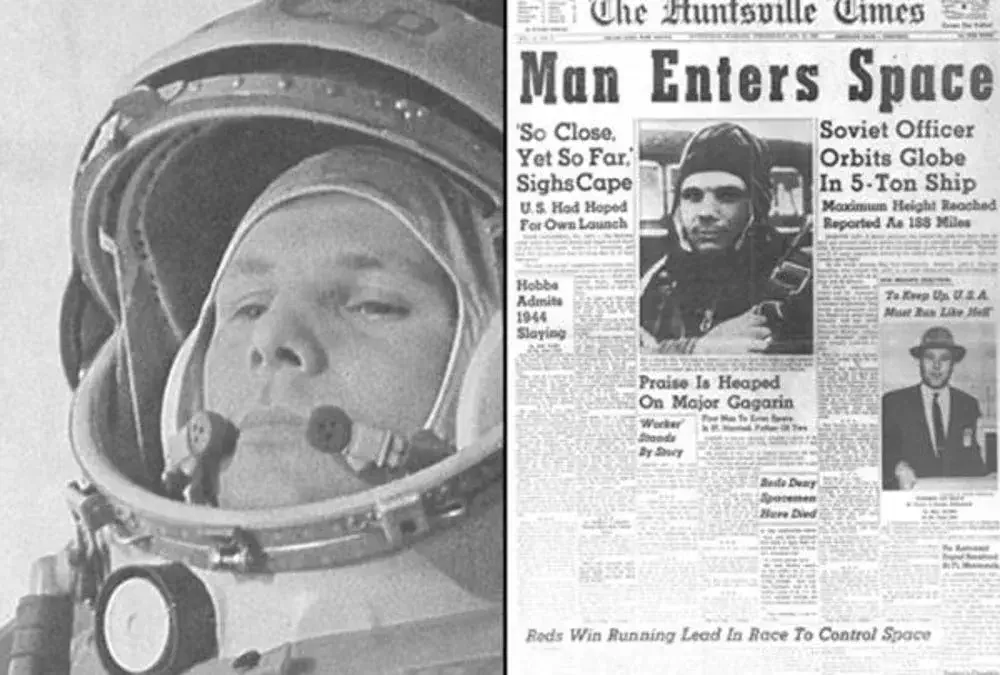
🌕 “We Choose to Go to the Moon”: NASA’s Giant Leap
In 1961, President John F. Kennedy famously declared, “We choose to go to the Moon, not because it is easy, but because it is hard.”
This ambitious goal birthed the Apollo Program, the most daring space project in history. After years of testing, tragedy (Apollo 1), and technological leaps:
- On July 20, 1969, Apollo 11 touched down.
- Neil Armstrong stepped onto the lunar surface, saying:
“That’s one small step for man, one giant leap for mankind.”
The U.S. had won the Space Race but it was only the beginning for NASA.
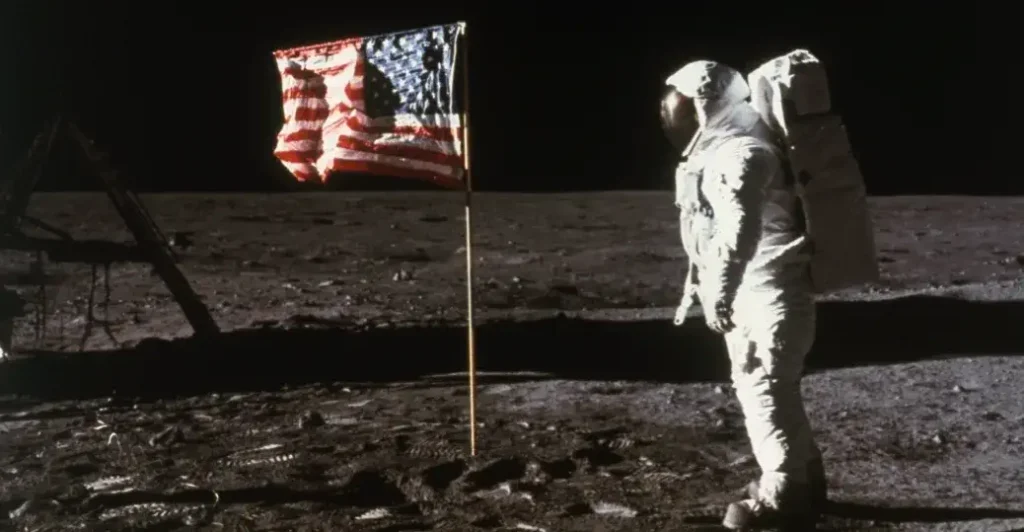
🚀 NASA After the Race, Innovation, Exploration, and Discovery
Following the Moon landings, NASA continued pushing the limits of space and science:
🌌 Space Shuttles & Stations
- 1981–2011: The Space Shuttle era allowed reusable spaceflight.
- Partnerships led to the International Space Station (ISS) a beacon of global cooperation in orbit.
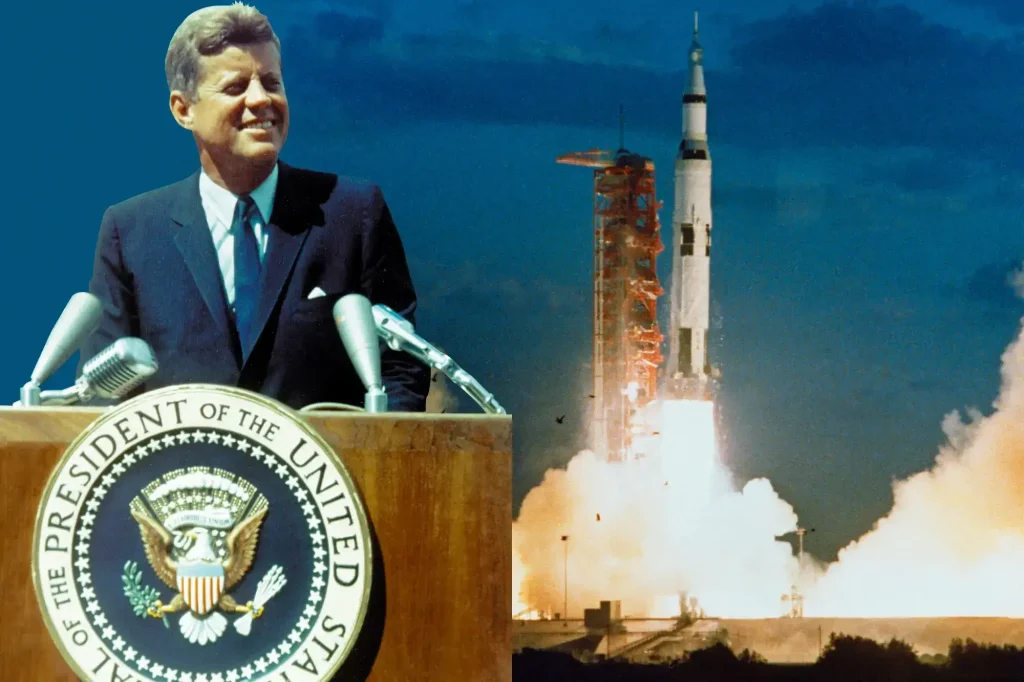
🔭 Deep Space and Earth Science
- Hubble Space Telescope (1990): Gave us breathtaking views of the universe.
- Robotic missions like Voyager, Cassini, and Juno unraveled secrets of planets.
🚀 Mars and Beyond
- NASA landed rovers like Curiosity and Perseverance on Mars.
- Ambitious goals include returning to the Moon (Artemis Program) and eventually sending humans to Mars.

🌠 The Legacy of the Space Race
The Space Race wasn’t just about rockets it transformed global culture, education, and technology. It gave us GPS, satellite TV, memory foam, and a new perspective on Earth.
NASA evolved from a Cold War response to a symbol of peace, curiosity, and human potential. The rivalry with the USSR sparked innovation, but today, exploration is about cooperation from SpaceX to international missions.
✨ Final Thoughts: Humanity’s Shared Horizon
What began as a geopolitical competition became one of the most inspiring chapters in human history. The Space Race showed us what’s possible when we dare to dream big.
As NASA gears up for new frontiers, and private spaceflight enters the scene, one truth remains: the sky is no longer the limit it’s just the beginning.

